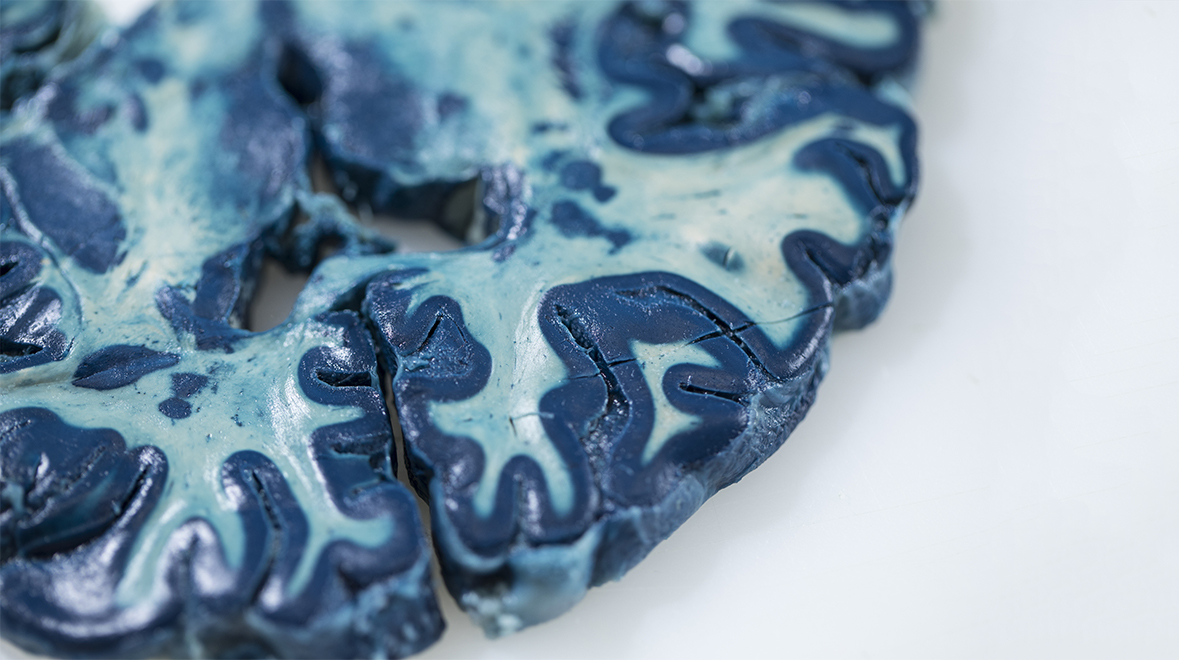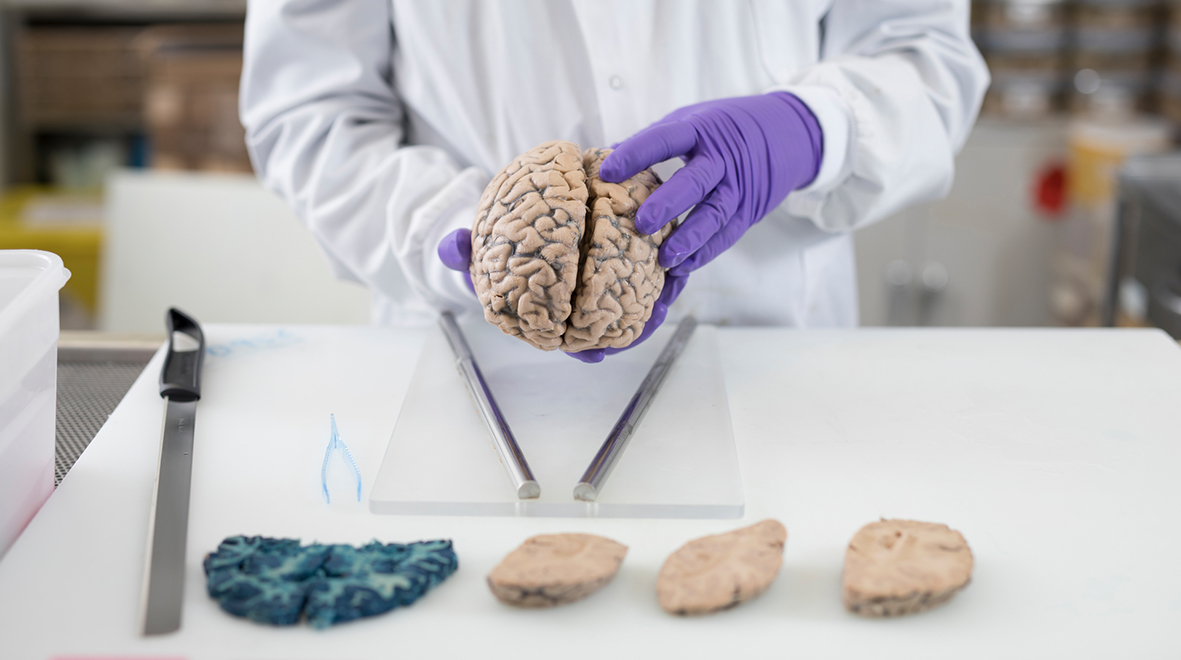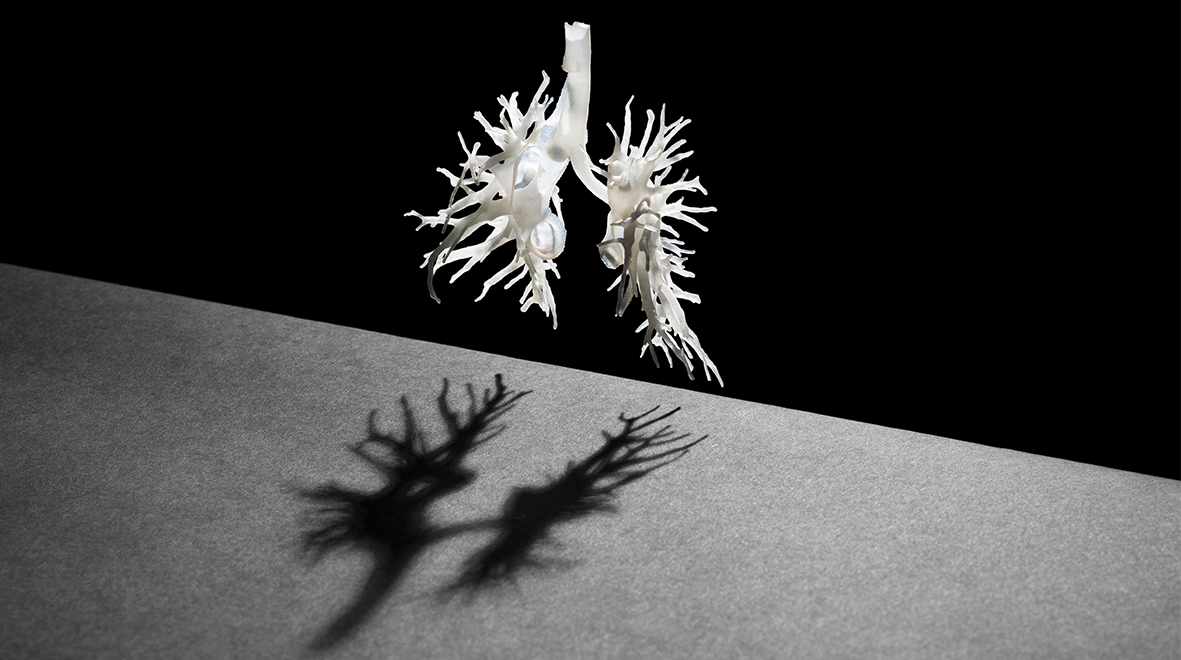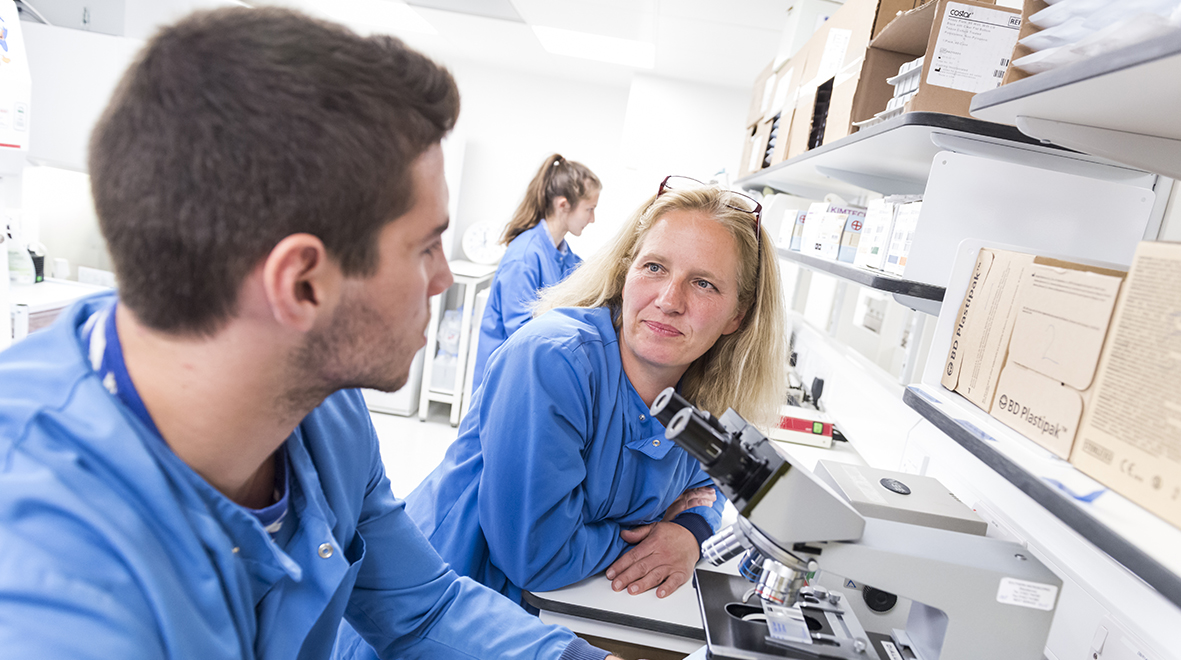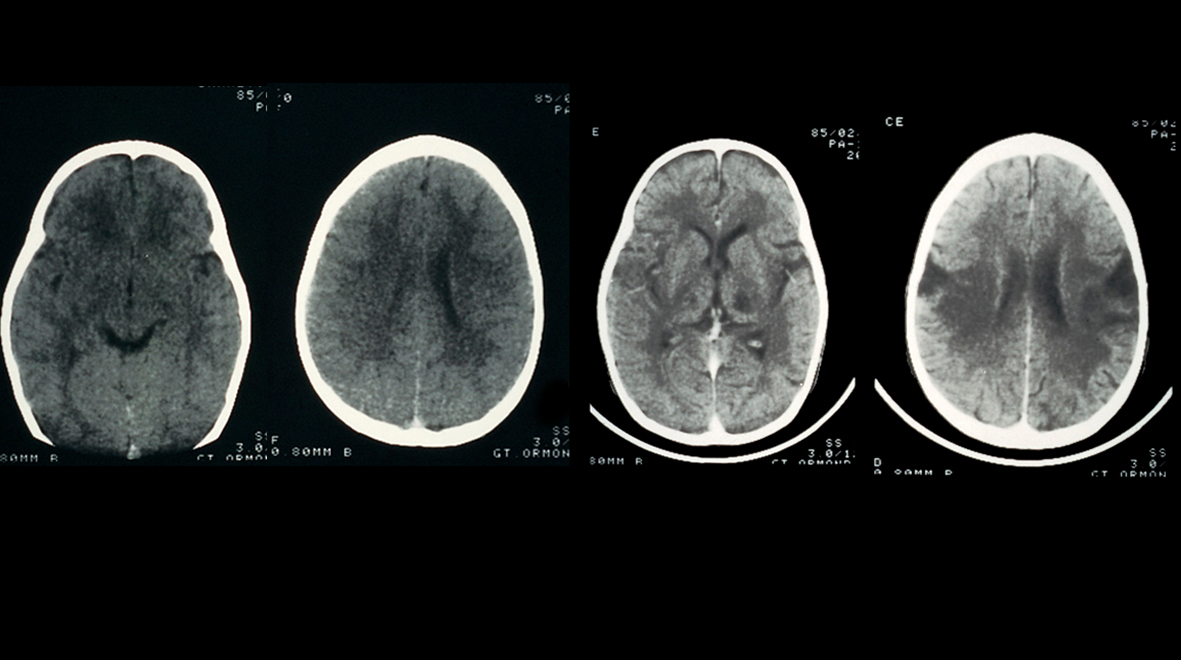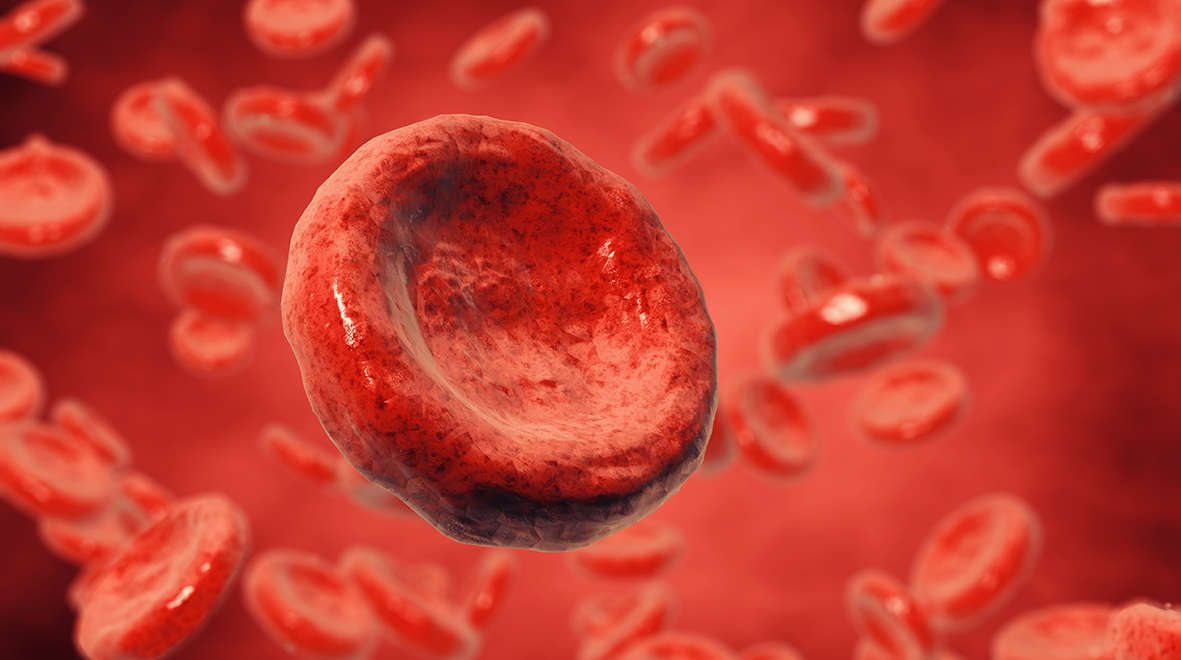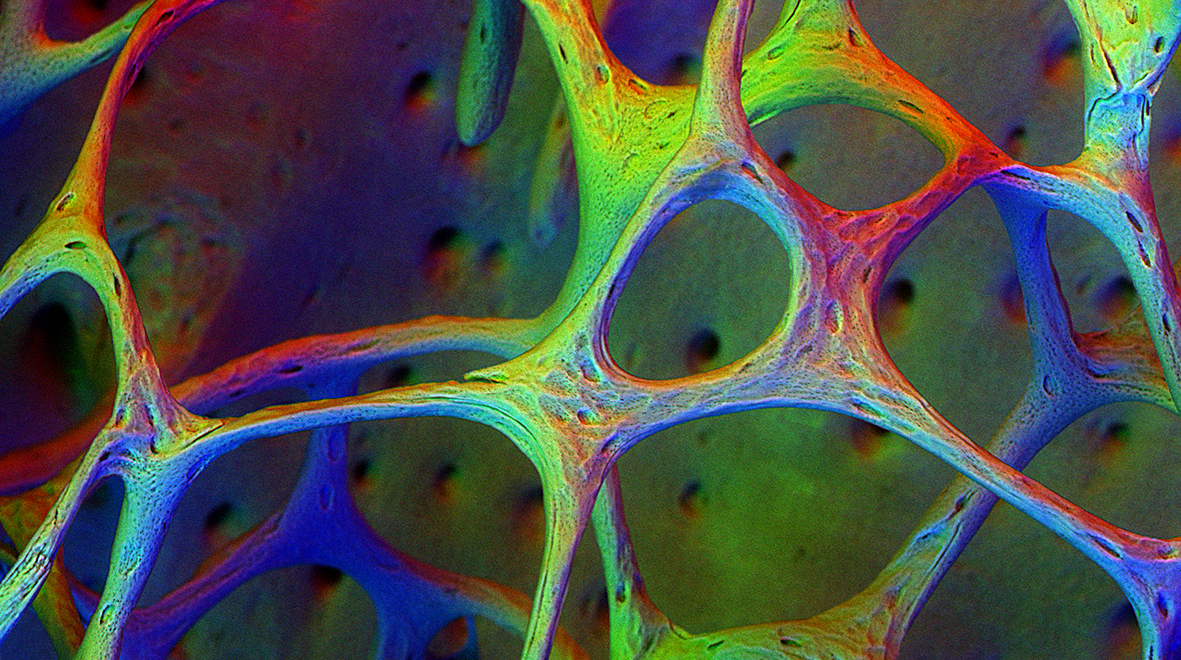 In this guest post, Emily Ashworth shares her career path, from graduating with a nursing degree to pursuing a PhD in blast injury.
In this guest post, Emily Ashworth shares her career path, from graduating with a nursing degree to pursuing a PhD in blast injury.
I can’t confess I always wanted to be a nurse, in fact, it was never a career path I considered. It is safe to say my progression in nursing has never been linear…
I had hit a crossroads after the first year of my biology degree and realised that instead of studying a broad subject I’d rather choose a more specific topic that suited me. I thought back to what I enjoyed when I was younger and remembered an experience at the Natural History Museum; when my parents left me for hours to wander the museum while I played with the human body exhibit, which had me captivated. (more…)
